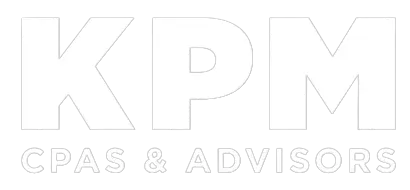When looking to buy new equipment or expanding a facility for your non-profit, it’s important to understand when you should and should not apply for a loan. Maybe you are even suffering from a financial setback, or you’re in a period of generating profit unevenly. No matter what, you should understand non-profit borrowing risks.
For profit companies seem to be constantly borrowing with hopes of growing their business. However, they usually produce a reliable cash flow that they can use to pay back debts. For non-profits, borrowing can be a lot riskier for both the organization and the lender. Do your due diligence before applying for a loan for your non-profit by making sure you fully anticipate lender scrutiny.
Pros & Cons
The primary drawback to any loan is that you must pay it back. And, of course, you’ll have to pay interest. Rates for non-profit loans tend to be higher than those for businesses because non-profits often pose greater risk. Also, other expenses associated with loans (for example, appraisal charges, closing costs, and attorneys’ fees) can add up quickly. And your non-profit may be required to make a significant down payment.
However, once you’re approved for a loan from a reputable lender, you know you’ll get the funds. Also, applying for a loan may require less time and effort than fundraising, wooing major donors, or seeking grants.
Loan Options
Your funding needs and financial situation will help dictate the type of loan you should apply for. Common options include:
Lines Of Credit. Does your non-profit typically experience revenue peaks and dips throughout the year? This can lead to cash flow crunches. In such situations, a revolving line of credit may be suitable.
Bridge Loans. Sometimes cash flow issues can arise less predictably. A previously reliable funding source might dry up or a natural disaster could hit when cash reserves are low. In such circumstances, consider a bridge loan, which typically lasts no longer than one year.
Long-Term Loans. Standard loans with extended repayment schedules can be an option for major purchases or projects. You may want to finance a project with a capital campaign. However, campaigns can take longer than anticipated. A long-term loan can help you avoid delays while you continue fundraising.
Sometimes, non-profits encounter opportunities that require prompt action — for example, office space you’ve had your eye on suddenly becomes available or you want to merge with a mission-similar organization. Both bridge loans and long-term loans may prove useful to finance such opportunities.
Preparing Your Application
Once you determine your financing needs, you’ll need to apply for the loan. Lenders generally ask about plans for any loan proceeds. They’ll require you to provide:
- Several years of tax filings and audited financial statements
- Reports of pledges, receivables, accounts payable and outstanding debt
- A description of major funding sources
- A board resolution approving the loan
You may also need to submit information about your organization’s history (including articles of incorporation and bylaws), management and board of directors, short- and long-term strategic plans, and programs. Lenders often ask for cash flow projections showing a repayment plan as well.
A Demanding Process
Obtaining a loan can be a long and demanding process, and some non-profits simply won’t qualify. Higher interest rates also mean borrowing can be expensive, particularly if your lender considers your organization a risky bet. Contact us for help applying for loans and to discuss other, potentially more accessible, financing options and non-profit borrowing risks.

